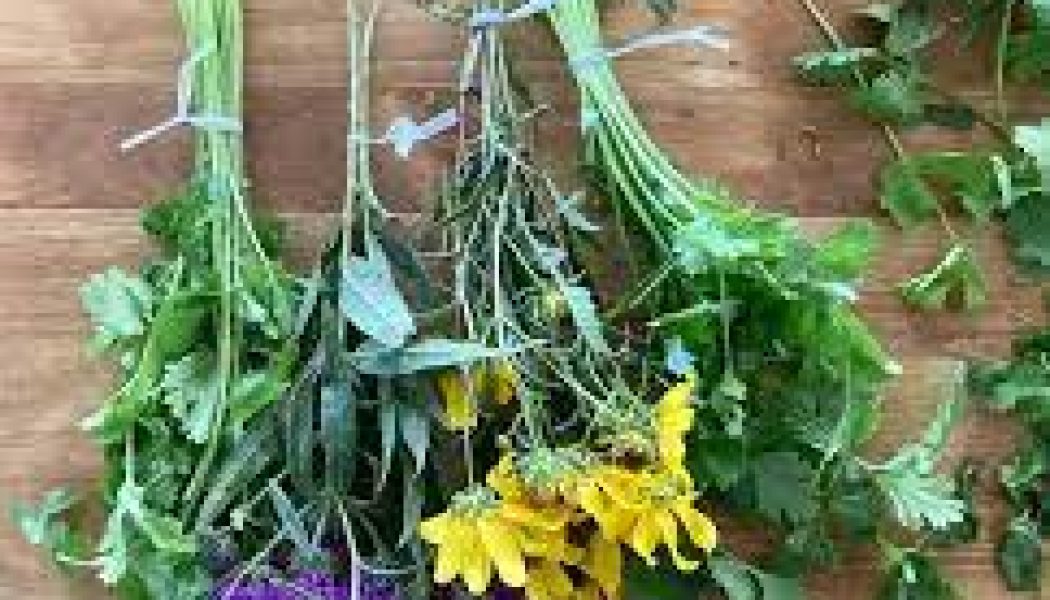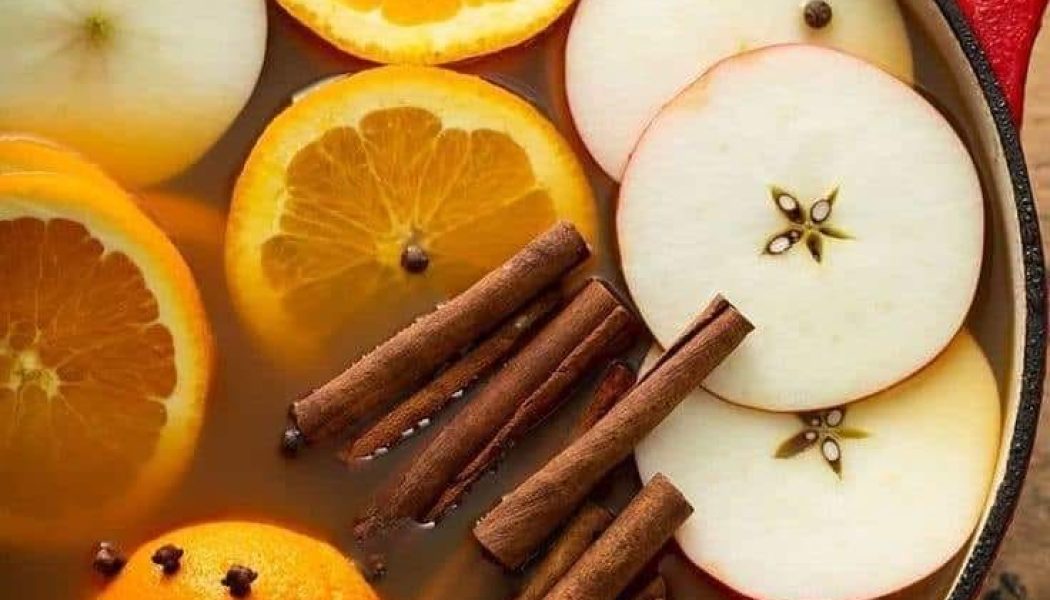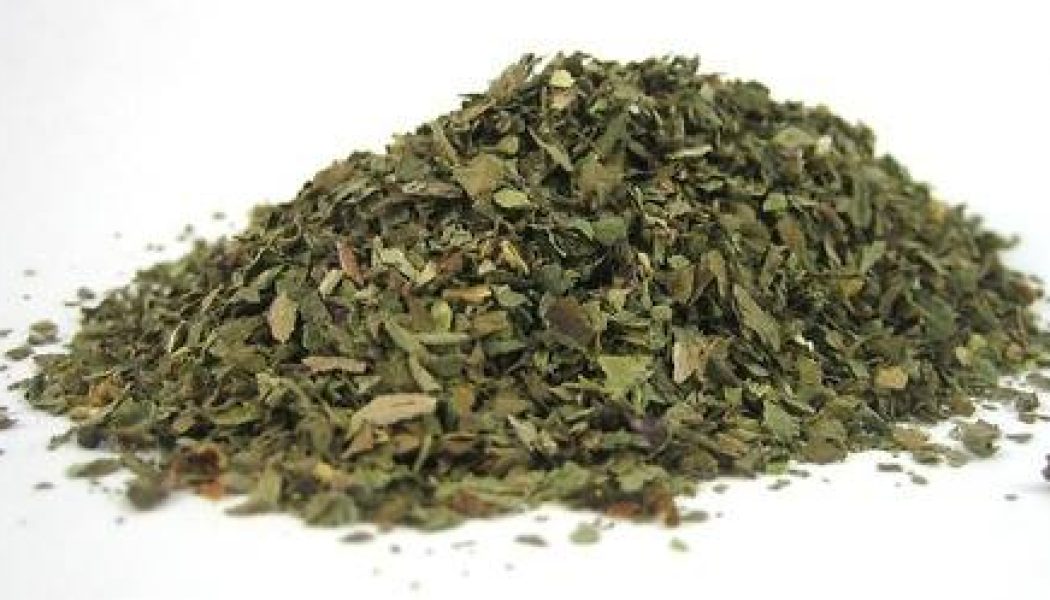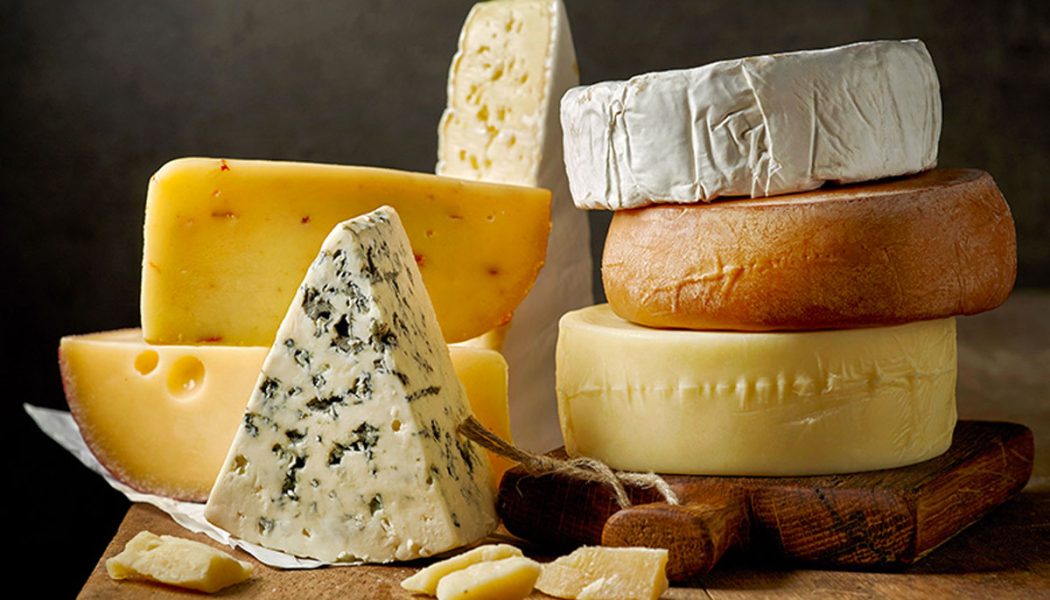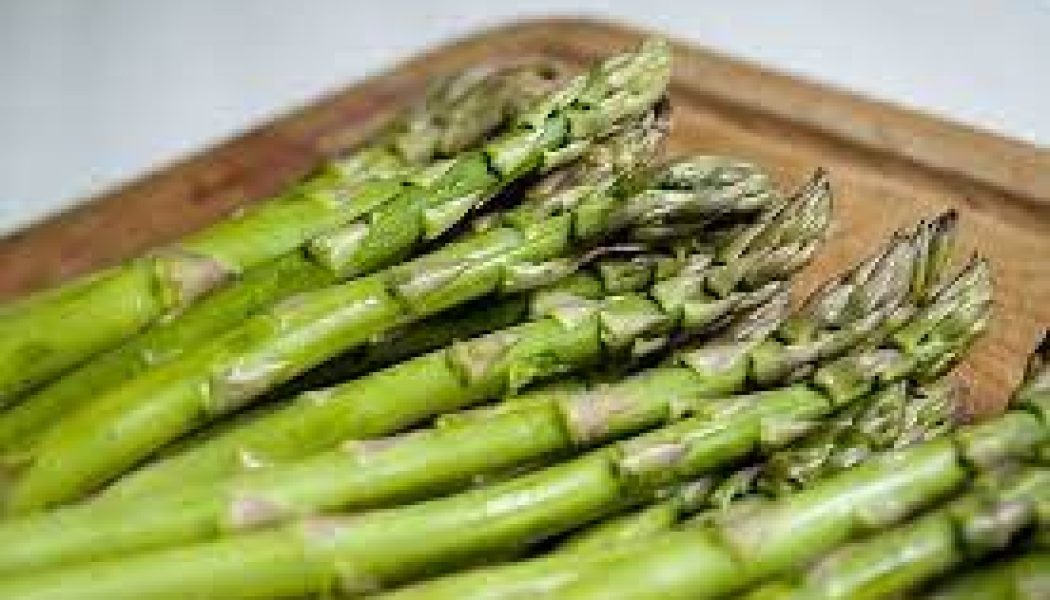Kitchen Witch
Flavors & Correspondences
Almond(milk): mental clarity + fortitude, luck, abundance, healing + good healthAmaretto: opening the mind, warding against negativity, creativity, luckBlueberry: aids in memory + mental clarity, calm...
Kitchen Herbal Flowers
Most people will have at least the basic kitchen herbs in their cabinet. Remember the term “herb” does not exclude flowers and trees. You may be surprised to know how many different flower...
Kitchen Witch Daily Rituals
Magical Things To Do at the Hearth A tea kettle whistling on the stove.The sun pouring through the kitchen window. A pie cooling on the sill. Magic fills the air in a home where a kitchen witch lives....
Traditional Wassail Recipe
You will need: 6 small apples1 1/2 quarts ale or hard cider1/4 cup sugar1 teaspoon grated nutmeg1 teaspoon ground ginger Preheat your oven to 120 degrees F. Core the apples and then place them on a li...
Sacred Slaughter
Today, the animals we eat are butchered with no ceremony at all; but for Neo-Pagans, slaughter is sacred. When, in Teutonic Magic, Kveldulf Gundarsson talks about the central act of a blot (the word r...
Basil- Herbs of the Kitchen Witch
Basil – Basil is a wonderful, robust herb, which is attributed to a variety of magical uses such as consecration, divination, exorcism, fertility, fidelity, luck, happiness, harmony and love. Ba...
Anise -Herbs of the Kitchen Witch
Anise – Attributed to protection, youth and purification, Anise is tied to the planet Jupiter and the element of Air. Anise aids in sleeplessness and helps to ward off bad dreams. To strengthen ...
Avocado Fruit
Avocado Fruit – Love, Lust and Beauty.
Kitchen Altar
Kitchen witches spend much of their time in the kitchen, combining magic and cooking to create sacred food, spells and herbal remedies. The kitchen is therefore an ideal place to set up an altar, both...
Kitchen Witch: Artichoke
(Cynara scolymus) Planet: Mars Element: Fire Energies: Protection Lore: Greek legend states that the first artichoke was originally a beautiful woman. Some angry god (frankly, I don’t know which) was ...
Food Magick: The Oven
The oven is another symbol of the divine. It encloses, performs a transformative process (cooking), and is warm and bright. Humans have used many types of ovens, from the mud-brick ovens of the Middle...
Beltane Recipes,Cheese: Traditional Foods for Celebrating the May Day Festival
Beltane is a traditional Celtic festival that marks the beginning of summer. It is celebrated on May 1st and is known for its joyous and festive atmosphere. One of the key aspects of Beltane is the ab...
Solitary Kitchen Witch: Exploring the Practice of Cooking Magic Alone
Solitary Kitchen Witchcraft is a practice that has been gaining popularity in recent years. It involves using the kitchen as a sacred space for performing rituals and spells. Unlike traditional witchc...
Kitchen Witch: Mabon, September 21st/ 23rd
Mabon marks the second harvest. The bounty of nature is dwindling. Earth begins to pull her fertility from the land. Humans and wild animals alike scramble to gather as much food as possible in prepar...
Kitchen Witch: Corn
(Zea mays) Planet: Sun Element: Fire Energies: Protection, spirituality Lore: Corn has played a central role in North and Central American religion for thousands of years. The Quiche Mayas of Guatemal...
Kitchen Witch: Asparagus
(Asparagus officianlis) Planet: Mars Element: Fire Energies: Sex Magical uses: As you prepare the asparagus to be cooked or steamed. Eat with power.
What is a Kitchen Witch
A Kitchen Witch is a Witch who focuses his or her magical practice on the home and hearth and uses things commonly found in the kitchen as magickal tools. Kitchen Witchery may be an expression of reli...
The Kitchen Witch’s Creed
The Kitchen Witch’s Creed In this pot, I stir to the sun an’ follow the rule of harming none. Banishment of bane when goin’ widdershins; an’ with water and salt negativity is cleansed. Household dutie...
Kitchen Witch: Spoons and Spatulas
The spoon is a bowl with a handle. As such, it is related to the moon and to the element of water. Spoons have been used for thousands of years. Until quite recently in Japan, the shamoji, or rice-spa...
Kitchen Witch: Vegetarianism 1.4
There have always been vegetarians, and there have also always been omnivores (though most earlier cultures ate far less meat than we do today). Neither way is more “correct” or “ancient” or, indeed, ...


